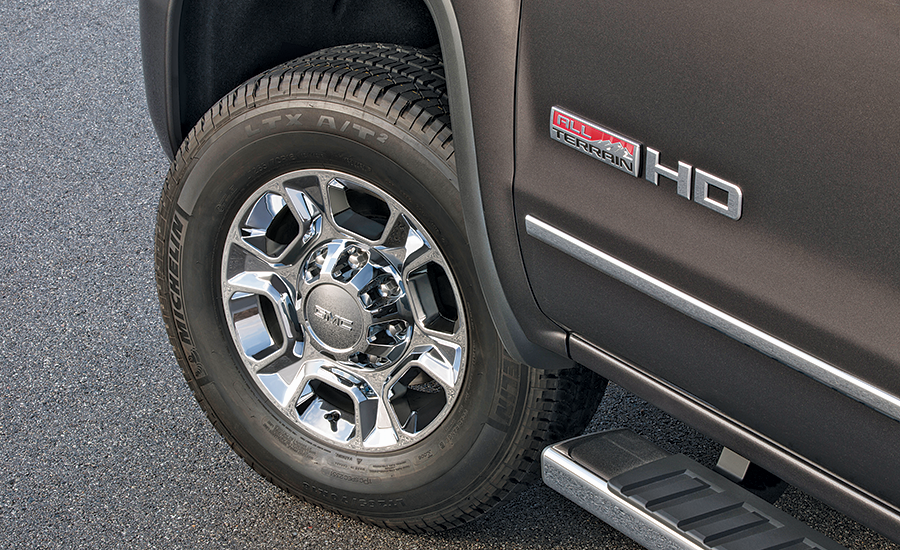Cars, trucks and mobile construction machines are different in many ways, but they all have one thing in common: They need to steer.
Unlike modern cars and light trucks, most big trucks and off-road vehicles lack electric power steering (EPS), but that is about to change with technology aimed specifically at the heavy-duty markets. And that will soon lead to more autonomous construction vehicles, experts say.
Instead of using an old-school hydraulic pump and gearbox to transmit the circular motion of the steering wheel into a lateral movement of the tires, EPS does it using an electric motor and computer logic. This setup allows vehicles to save weight and fuel consumption while enabling autonomous features such as lane-keeping and park-assist technologies.
However, current EPS systems are not robust enough to handle the power loads and front-end configurations associated with heavier machines. As such, making the wheels of a semi or wheel loader automatically turn can be a clunky affair.
“The technology just isn’t there yet,” says Kenn Bakowski, marketing manager for GMC, which is taking a hybrid approach of adding electronic controls to existing hydraulic gearboxes. This year, GMC’s 2016 Sierra 2500/3500 models with double cabs and crew cabs are the first heavy-duty pickups to feature this type of electro-hydraulic steering.
GMC’s system, called Active Steering Assist, bolts onto the existing hydraulic steering system, which uses a recirculating-ball gearbox common to many heavy-duty vehicles and “provides torque overlay to the hydraulic steering system,” says Frank Lubischer, senior vice president and chief technology officer of Nexteer, which supplies the system to GMC.
Torque overlay enables more autonomous safety features because it senses the road’s conditions and applies power as needed. “The commercial vehicle market will require more and more autonomous driving features for safety and other reasons,” Lubischer says. “You are going to see in the foreseeable future a major penetration of that electric steering in the heavy-truck market.”
Another advantage is increased driver comfort at a time when operators are hard to find. ENR experienced this car-like refinement last December, when we had the opportunity to compare one of the new Sierra pickups to a 2016 Ford F-250 with conventional steering.
At slow speeds, the Sierra’s steering wheel required less effort than Ford’s. And when making sharp turns, the Sierra’s steering wheel returned to center on its own, while Ford’s required a manual counter-turn. The GMC system also held the truck steadier in its lane, while we had to fight with the Ford to keep the vehicle in its place. The effect is even more pronounced while towing and hauling heavy loads, GMC says.
EPS also saves fuel. Combined with smart-flow hydraulic pumps, the heavy-duty system can increase fuel economy by about 1%, Lubischer says, adding, “It’s a very nice, low-cost investment for a high return.”



Post a comment to this article
Report Abusive Comment